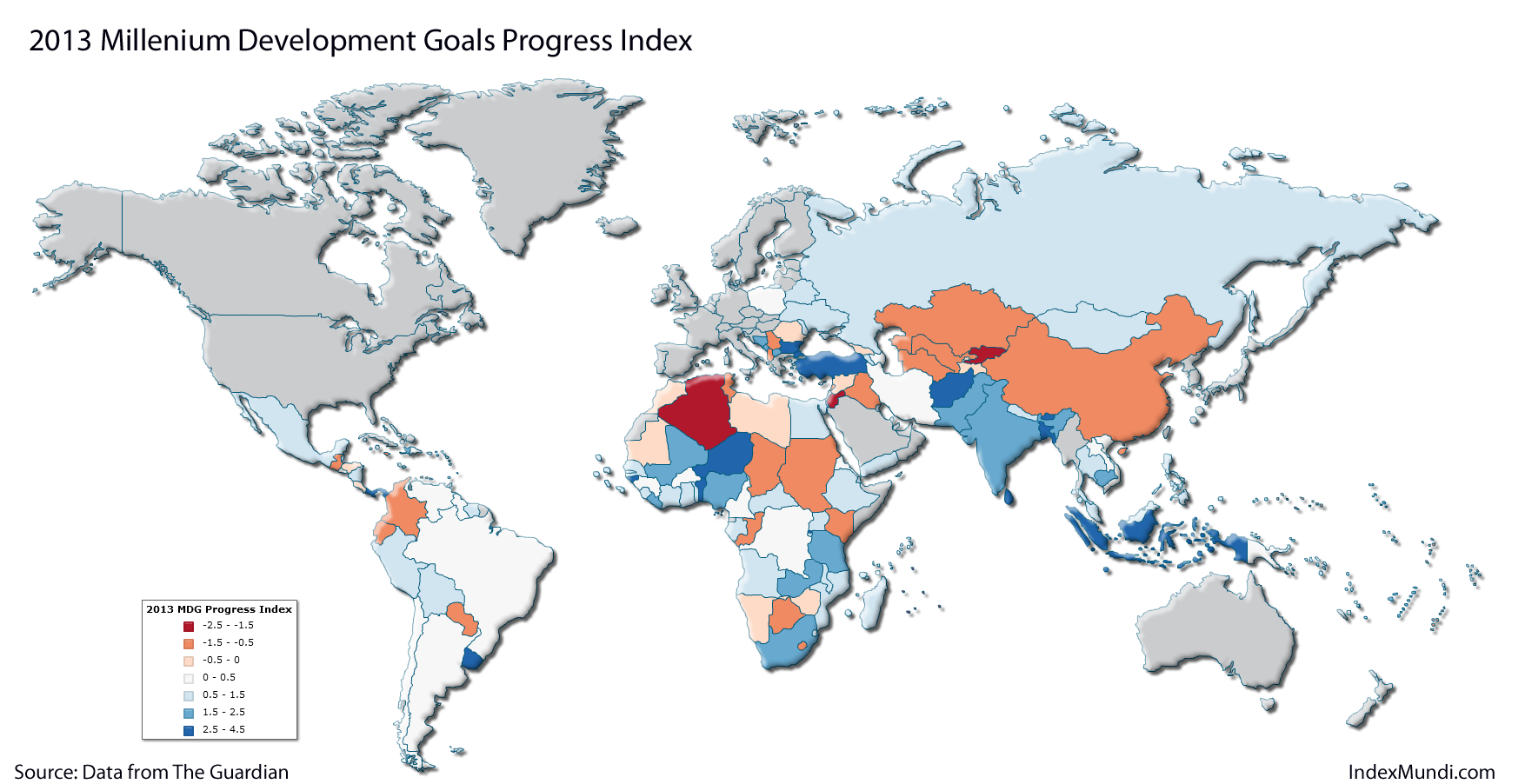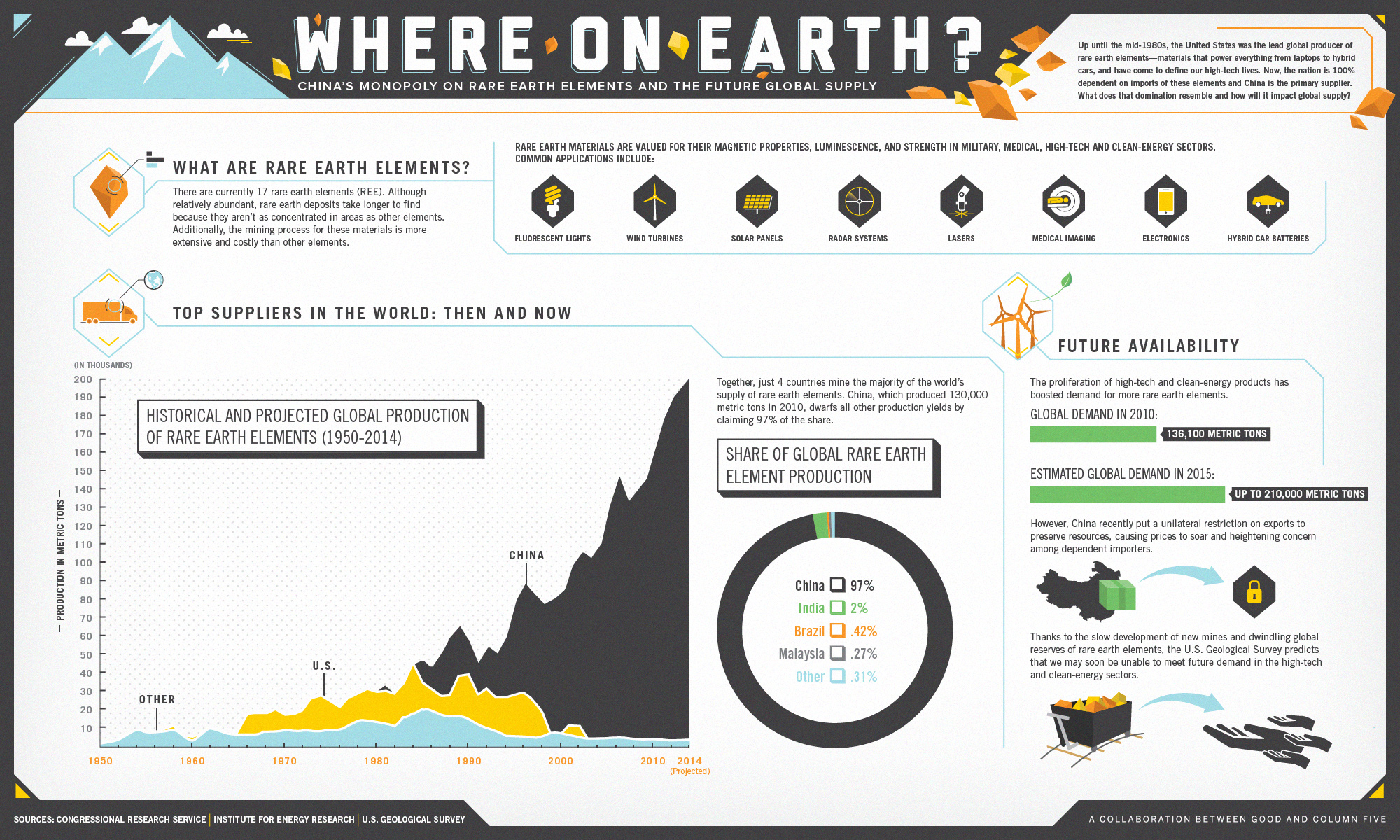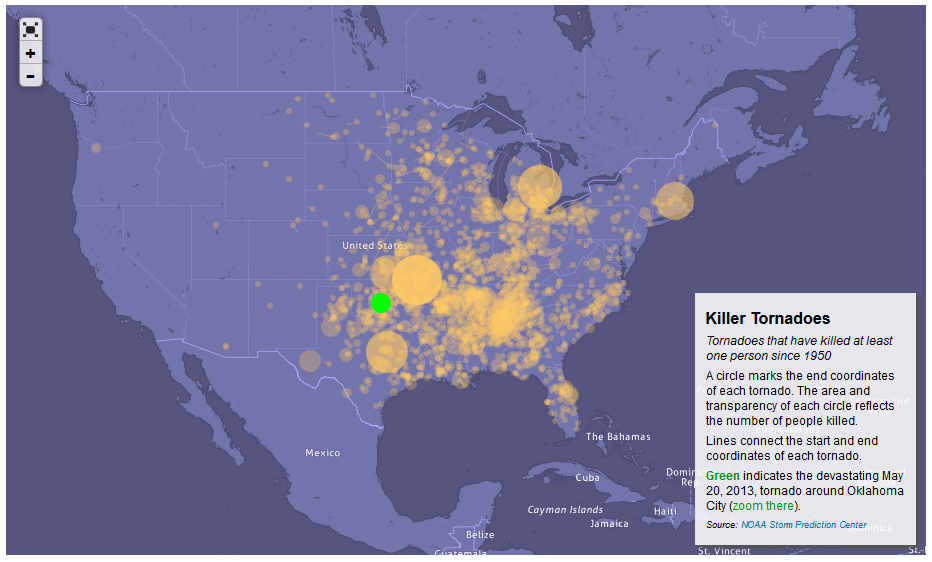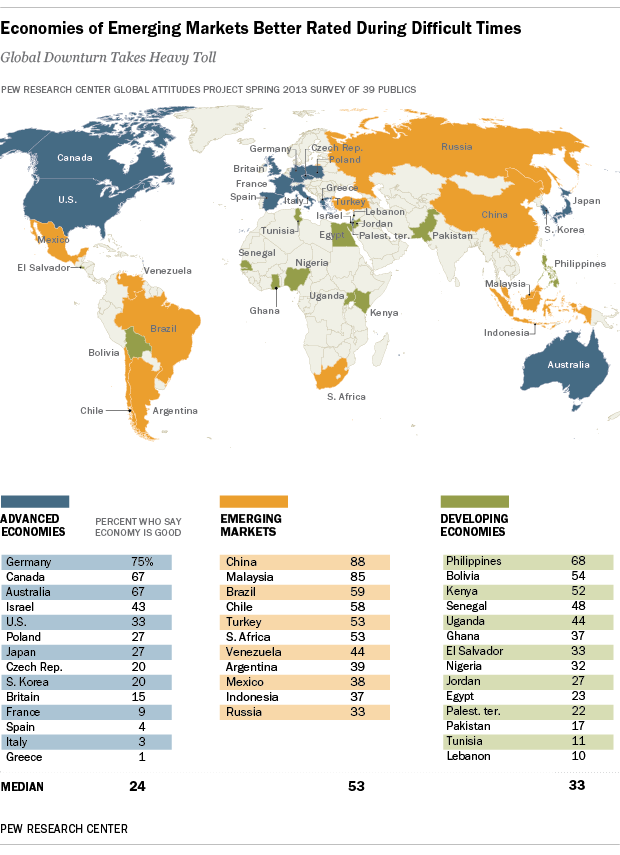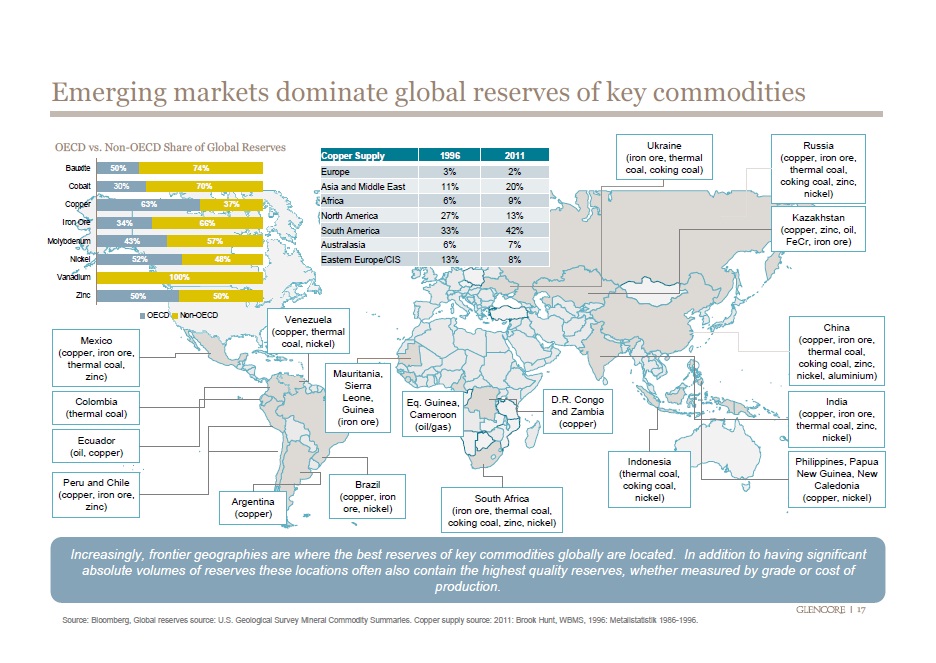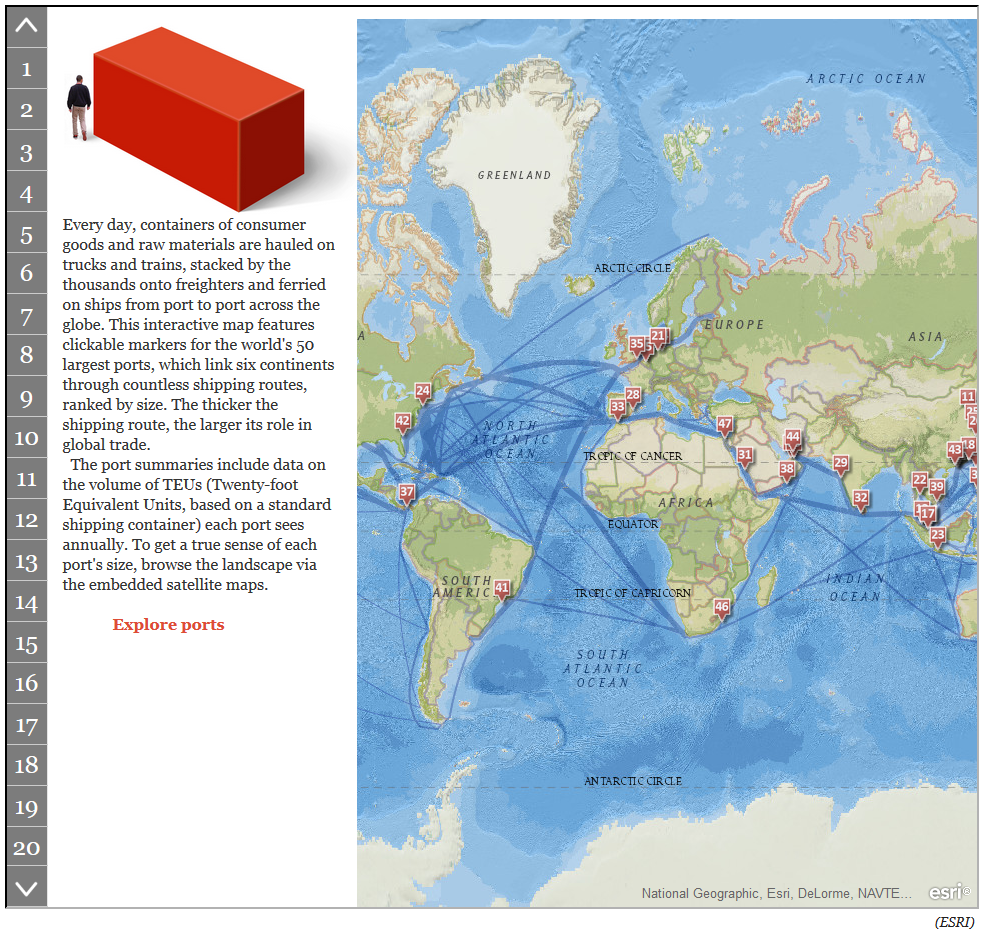 An estimated 275,000 women die of cervical cancer every year, with the majority of these deaths occurring in developing nations. Those deaths could be easily avoided by vaccinating women with the HPV vaccine.
An estimated 275,000 women die of cervical cancer every year, with the majority of these deaths occurring in developing nations. Those deaths could be easily avoided by vaccinating women with the HPV vaccine.
Due to the high cost of the HPV vaccine, $100 per dose in developed nations, many women and girls in poor countries did not have access to it. Thanks to the GAVI Alliance, a partnership funded by governments as well as by corporate and private partners, this vaccine will be available in developing nations at a cost of $4.50 per dose. African countries soon beginning vaccination include Kenya, Ghana, Lao PDR, Madagascar, Malawi, Niger, Sierra Leone, and Tanzania.
